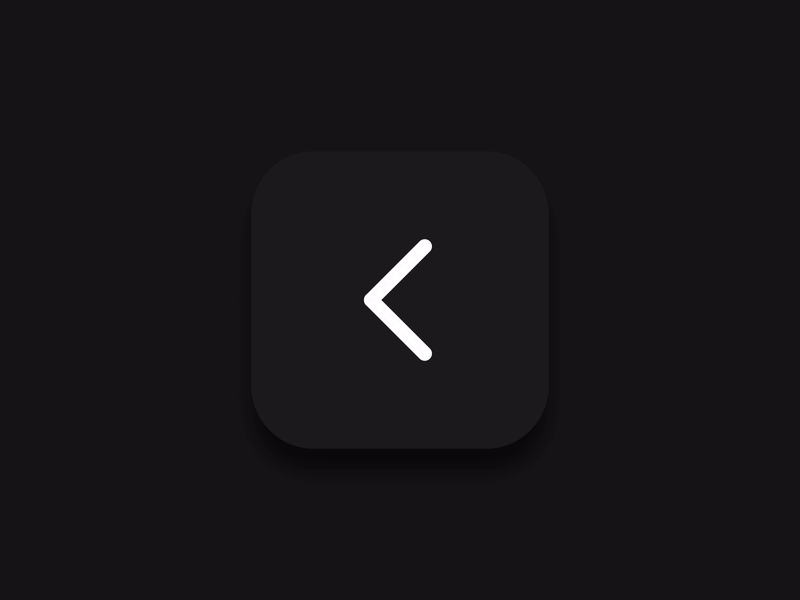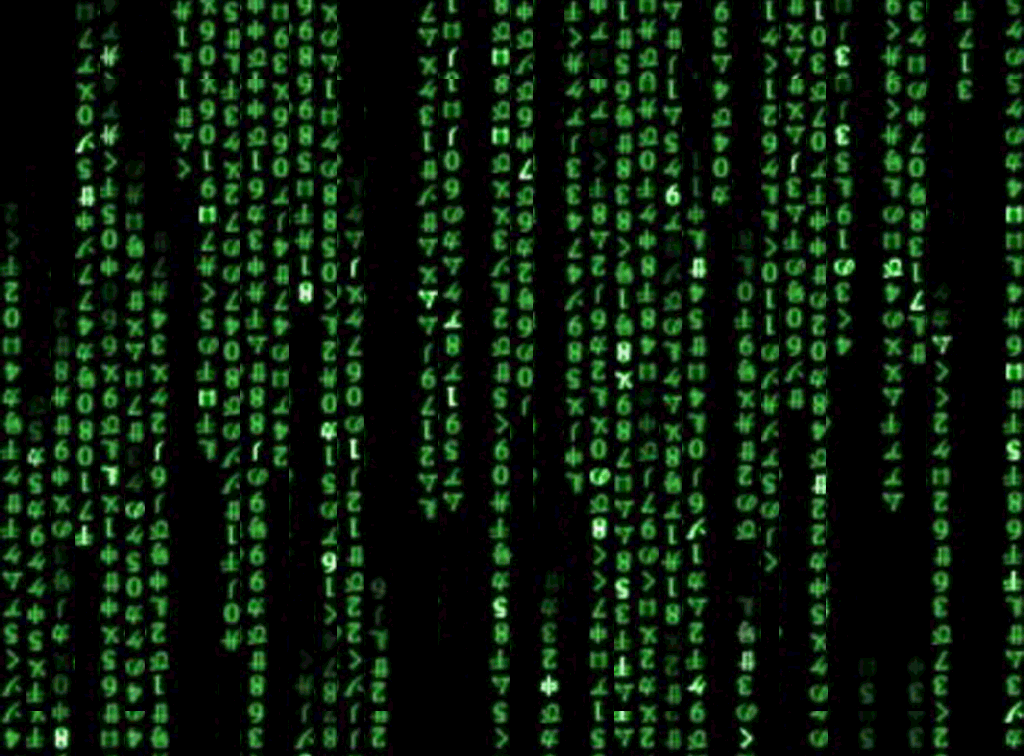

"A vaincre sans peril, on triomphe sans gloire."- Pierre Corneille.
{{ date }}
{{ time }}
Because Time matters
(whereas sense does not)



"A vaincre sans peril, on triomphe sans gloire."- Pierre Corneille.
{{ date }}
{{ time }}
Because Time matters
(whereas sense does not)


Desktop publishing between publishing and print-on-demand
Desktop publishing between publishing and print-on-demand
The main problem for those who use desktop publishing tools and platforms, whether they be page layout software such as Scribus, MS Publisher or others, or print-on-demand systems such as those offered by Amazon, Ingram-Sparks, and Publishdrive, to name but the most widespread, is to find the most suitable way to publish a literary work, often outside the traditional publishing channels, often constrained by commercial, social, cultural or political logics.
The point in question then, for those who find themselves with an unpublished manuscript in their hands and want to turn it into a book, and then perhaps even put it up for sale on their website or social profile, is first to transform the manuscript into a file suitable for printing and formatted according to uniform criteria and conforming to publishing standards; and then to find the most suitable way to make printed copies of it in a defined number or ‘on demand’, i.e. according to that now consolidated mechanism whereby each individual copy is printed and sent directly to the consumer who bought it.
The first part, therefore called editing or formatting, presupposes that a manuscript is transformed into a file that can actually be printed without errors or typos, and that it contains all those parts that are usually requested by a publisher from its printing service, i.e. indexes, summaries of illustrations, headings, page numbers and so on; operations that are often not easy and require a lot of time and familiarity with text editors. The second part
The second part concerns the choice of printing channels, which may vary in terms of cost and quality of the book produced, which may be a classic 9x12 in white paper and paperback or a 20x30 volume in coated paper, binding and colours.
The combination of these two aspects of the production of a printed book (but also of an une-book in absolutely similar ways) is what is known as desktop publishing, meaning the use of alternative information technology tools compared to those offered by the publishing industry, which take longer, are more difficult to produce, and cost much more.

